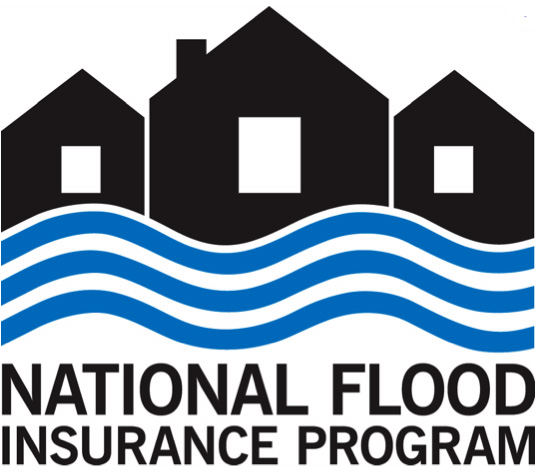The NFIP is managed by FEMA and used by homeowners, business owners and renters to purchase federally backed flood insurance in risk areas. FEMA explained that the new methodology and updated flood insurance rate maps use technology that gives more accurate flood zone rates. The new update will cause policy rate changes for some homeowners, including a decrease for 1.2 million policyholders, data shows.
This update, Risk Rating 2.0, will be the first update to FEMA’s Flood Insurances Rate Map (FIRM) since the 1970s. The new rates will take effect in October for both new policies and for existing policyholders eligible for renewal. All remaining policies that renew on or after April 1, 2022, will be subject to the new rating.
If you're looking for ways to save on your home insurance policy and want to look into private insurance options to cover flood losses, head to Credible to get a better understanding of the different types of coverage. Check out Credible's home insurance partners to get a free home insurance quote.
Policy changes under Risk Rating 2.0
Under the current policy, FEMA explained that some homeowners are financially taking on more risk than they should be.
"Currently, policyholders with lower-valued homes are paying more than their share of the risk while policyholders with higher-valued homes are paying less than their share of the risk," the agency said. "Because Risk Rating 2.0 considers rebuilding costs, FEMA can equitably distribute premiums across all policyholders based on home value and a property’s unique flood risk."
Data from the Association of State Floodplain Managers (ASFPM) and the Pew Charitable Trusts shows 1.2 million homeowners, or 23.2% of all homeowners with an NFIP policy, will see a decrease in their premiums. Conversely, 3.3 million borrowers (66.3%) will see a $0 to $10 monthly increase in their premiums, 330,600 borrowers (6.6%) will see a $10 to $20 monthly increase and 191,900 (3.8%) will see an increase of more than $20 per month.
Improving risk accuracy
FEMA explained that its new Risk Rating 2.0 flood insurance policy takes a "transformational leap forward," and sets more accurate rates using technology. It is building on its datasets through adding private-sector information, catastrophe models and evolving actuarial science.
It will also rate more flood risk by going beyond disaster areas and will include flood frequency, as well as multiple flood types such as river overflow, storm surge, coastal erosion and heavy rainfall. It also incorporates distance to a water source and property characteristics, such as elevation and cost to rebuild.
Finding the most appropriate home insurance coverage is essential, and private insurance options are available. To ensure your flood insurance premium is suitable for your circumstances, visit Credible to check out plans, providers and costs.













